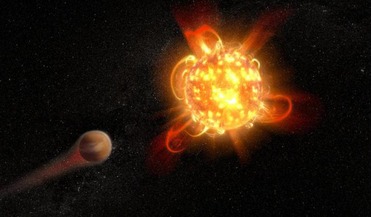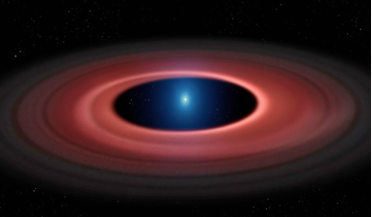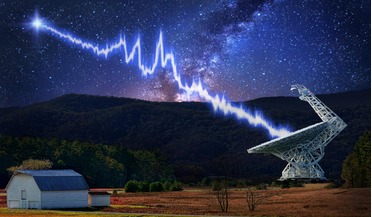 22 October 2018
Frequent superflares spell doom for life around red dwarfs
22 October 2018
Frequent superflares spell doom for life around red dwarfs
.... Indeed, most of the exoplanets that have been found in a star’s ”habitable-zone" orbit red dwarfs, including Proxima Centauri, the nearest star to our Sun. Red dwarfs therefore make ideal targets in which to search for life...
 14 November 2018
Super-Earth exoplanet found around closest single star to the Sun
14 November 2018
Super-Earth exoplanet found around closest single star to the Sun
....” The international team of astronomers behind the discovery were also the same team who in 2016 spotted Proxima Centauri b; the closest known exoplanet to us only four light years away. Using the same method, known as the...
 18 February 2019
Gigantic remnant found around an exploding star
18 February 2019
Gigantic remnant found around an exploding star
... a lot of planet-building material to get going with [to put the distance into perspective, the nearest star to us (Proxima Centauri) is ‘only’ four light years away and it would take a human travelling at a constant velocity of 60,000 kilometres per...
 07 September 2020
A new study helps narrow the search for intelligent life
07 September 2020
A new study helps narrow the search for intelligent life
... 50 parsecs of the Earth; one parsec is about 30 trillion kilometres, or just over three light-years. For comparison, Proxima Centauri, the nearest known star to earth other than the sun, is about 1.3 parsecs (4.24 ly) away. Although the results...